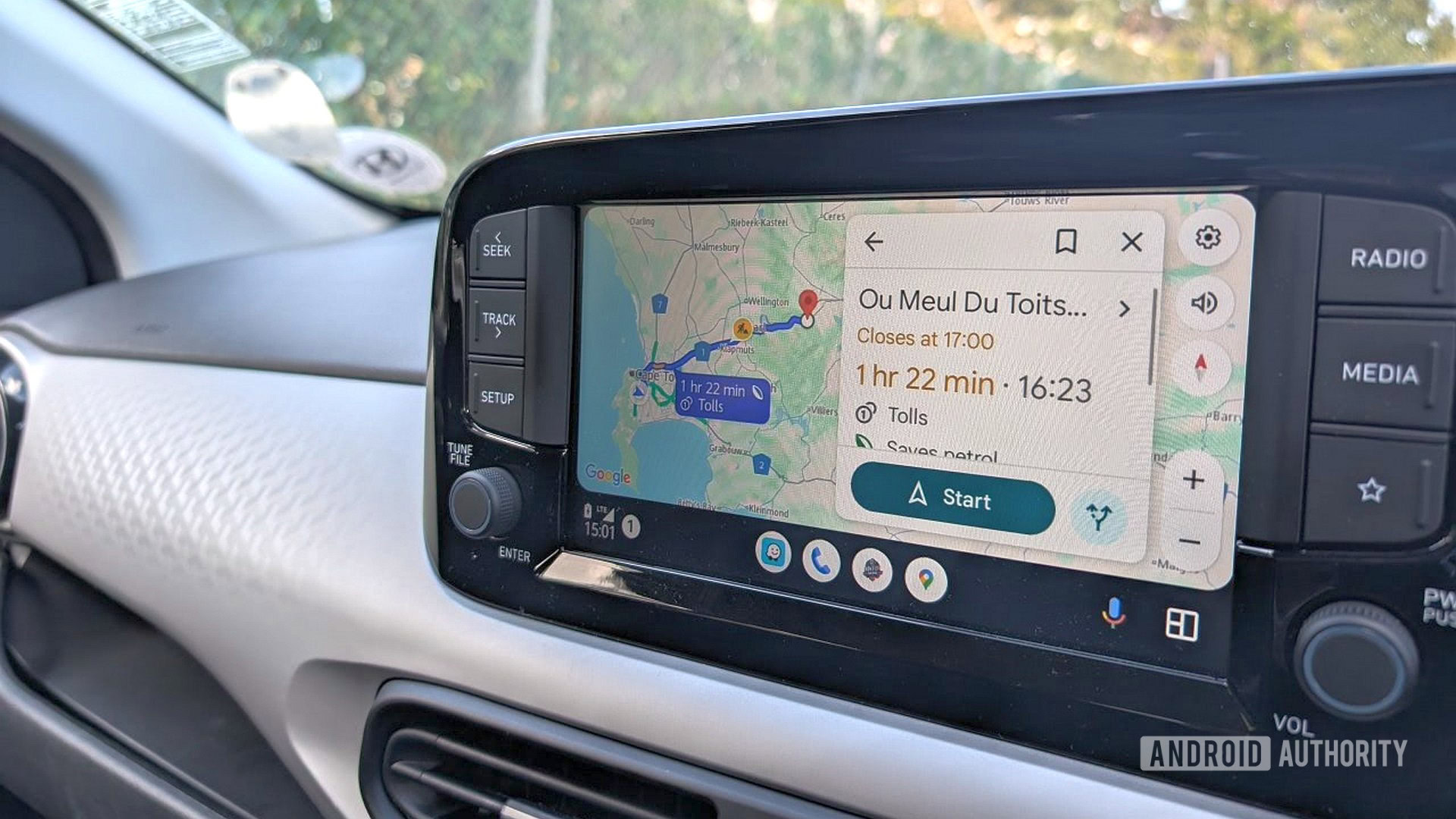Monetizing Creativity: The Infrastructure Behind the Global Creator Economy
When people hear "creator," they often think of influencers dancing on TikTok or vloggers reviewing products on YouTube. But the reality is far more nuanced.

The explosion of digital content has transformed how people interact with media, ideas, and even employment. At the heart of this shift is the Global Creator Economy, a multifaceted and rapidly growing ecosystem driven by independent content creators, supported by a growing infrastructure of platforms, tools, and services. This economy not only enables people to earn from their passions but also challenges traditional models of media, commerce, and work.
This article dives deep into the infrastructural backbone of the Global Creator Economy, exploring the platforms, technologies, and partnerships that fuel it.
Understanding the Global Creator Economy
The Global Creator Economy is the network of individuals who produce digital content—videos, blogs, music, art, tutorials—and earn revenue through platforms, sponsorships, and direct audience support. This includes YouTubers, TikTokers, Instagram influencers, podcasters, streamers, and online educators. But behind these creators is a complex ecosystem of tools that facilitate production, engagement, monetization, and distribution.
As of 2025, over 300 million people worldwide identify as creators, with about 50 million monetizing their content full-time or part-time. What makes this economy "global" is its reach across continents, transcending language, location, and culture.
Content Platforms: The Digital Stage
The foundation of the Global Creator Economy lies in platforms that host and amplify content. YouTube, TikTok, Instagram, Facebook, LinkedIn, Spotify, Substack, and Twitch are among the most influential, each catering to different formats and audiences.
These platforms provide more than visibility—they offer monetization tools like ad sharing, fan memberships, tipping features, and e-commerce integration. YouTube's Partner Program, for instance, enables creators to earn a share of ad revenue, while TikTok's Creator Fund pays based on engagement and reach.
Emerging platforms like Lemon8 and Mastodon also present new opportunities for niche communities and creators who want more control over their audience interaction.
Monetization Tools: From Tips to Tokenomics
One of the pillars of the Global Creator Economy is financial independence. Monetization has evolved far beyond traditional ad revenue. Today’s creators use a mix of income streams:
- Crowdfunding: Patreon, Ko-fi, and Buy Me a Coffee allow fans to directly support creators.
- Digital Products: E-books, templates, filters, and music packs are popular creator products.
- Merchandise Stores: Integrations with Shopify, Printful, and Spring enable creators to sell branded products with minimal overhead.
- NFTs and Web3: Some creators are exploring blockchain to sell digital art and offer exclusive access via NFTs.
These tools create diverse revenue streams that empower creators to build sustainable careers regardless of their niche or following size.
Creator Tech Stack: Empowering Independent Production
Behind every successful creator is a suite of tools that streamline their workflow:
- Video & Audio Editing: Adobe Premiere Pro, Final Cut, CapCut, and Descript.
- Graphic Design: Canva, Figma, and Photoshop.
- Analytics: TubeBuddy, vidIQ, and Sprout Social help track performance.
- Scheduling: Tools like Later and Buffer automate content posting across platforms.
As the Global Creator Economy expands, startups and established tech companies continue to release tools tailored to creators—from AI scriptwriting apps to virtual studio software for streamers.
The Role of Creator Funds and Incubators
Many platforms are now investing directly in creators. YouTube’s Shorts Fund and TikTok's Creator Fund offer financial incentives for creators to produce platform-specific content. Meanwhile, startup incubators and VC-backed creator collectives are helping creators scale their influence into business ventures.
In some regions, governments are even recognizing the Global Creator Economy as a formal employment sector, offering grants, training, and legal protections.
Creator Agencies and Marketplaces
As creators grow, many turn to agencies to manage partnerships, collaborations, and contracts. Creator-focused talent agencies negotiate brand deals, licensing agreements, and even help with tax compliance.
Influencer marketplaces like Collabstr, AspireIQ, and Upfluence connect brands with creators based on niche, engagement, and audience demographics—simplifying sponsorships and campaign tracking.
Challenges of Scaling the Global Creator Economy
Despite its rapid growth, the Global Creator Economy isn’t without hurdles. One major issue is creator burnout, caused by the pressure to consistently produce content in an ever-changing algorithmic environment. Others include:
- Platform Dependency: Algorithms and policy changes can dramatically impact a creator’s income.
- Payment Barriers: In some regions, getting paid is difficult due to lack of fintech infrastructure or restrictive banking systems.
- Digital Rights Management: Unauthorized use of content remains a challenge, particularly for visual and musical creators.
The Future of Infrastructure in the Global Creator Economy
The future looks bright for infrastructure supporting the Global Creator Economy. We’re seeing rapid development in AI tools that assist with ideation, editing, and audience targeting. The Metaverse, while still evolving, presents opportunities for creators to build virtual experiences and monetizable digital worlds.
We can also expect to see further decentralization via Web3 platforms that give creators full ownership of their audience data and revenue. Community DAOs (Decentralized Autonomous Organizations) may even allow fans to invest directly in creators’ careers.
The Global Creator Economy is more than a trend—it’s a fully-fledged economic revolution driven by individual creativity and empowered by digital tools. Behind every viral post or popular creator is a web of platforms, software, agencies, and monetization systems that make their work sustainable. As the infrastructure continues to mature, the boundaries between content creation, entrepreneurship, and mainstream business will continue to blur, forever reshaping how we think about work and influence in the digital age.
Get More Insights- Global Creator Economy
Get This Report in Japanese Language -グローバルクリエイター経済
Get This Report in Korean Language - 글로벌 크리에이터 경제
About Author:
Vaagisha brings over three years of expertise as a content editor in the market research domain. Originally a creative writer, she discovered her passion for editing, combining her flair for writing with a meticulous eye for detail. Her ability to craft and refine compelling content makes her an invaluable asset in delivering polished and engaging write-ups.
(LinkedIn: https://www.linkedin.com/in/vaagisha-singh-8080b91)
What's Your Reaction?
 Like
0
Like
0
 Dislike
0
Dislike
0
 Love
0
Love
0
 Funny
0
Funny
0
 Angry
0
Angry
0
 Sad
0
Sad
0
 Wow
0
Wow
0
















































